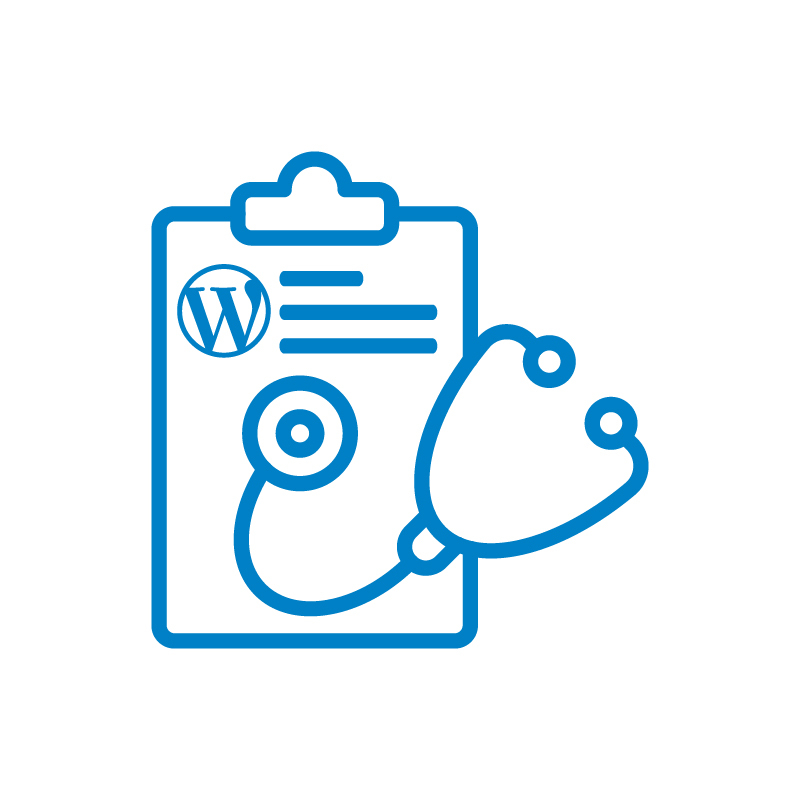WordPress has emerged as one of the most popular content management systems globally, powering millions of websites. However, like any digital platform, it requires regular maintenance and monitoring to ensure optimal performance and security. This article explores the essential steps for conducting a WordPress site health check, enabling website owners to maintain peak performance and security.
Introduction to WordPress Site Health Check
A WordPress site health check involves assessing various aspects of your website, including speed, security, SEO optimization, and overall performance. It’s akin to a routine check-up for your website, ensuring everything is running smoothly and efficiently.
Importance of Monitoring Website Performance
Monitoring website performance is crucial for several reasons. Firstly, it ensures a positive user experience by maintaining fast loading times and responsive design. Additionally, it helps in identifying and addressing security vulnerabilities, thus safeguarding sensitive data and protecting against cyber threats. Moreover, regular performance monitoring is essential for SEO, as search engines prioritize fast and well-optimized websites in their rankings.
Preparing for the Health Check
Before conducting a WordPress site health check, it’s essential to take some preparatory steps. Firstly, ensure you have a recent backup of your website to revert to in case of any issues during the health check. Secondly, update your WordPress core, themes, and plugins to the latest versions to ensure compatibility and security.
Conducting the Health Check
Website Speed and Performance
Website speed is a critical factor in user experience and SEO rankings. Use tools like Google PageSpeed Insights to analyze your website’s speed and identify areas for improvement. Optimize images, leverage browser caching, and minimize HTTP requests to enhance loading times.
Security Measures
Security is paramount for any website. Utilize tools like Sucuri Security to conduct security audits and identify vulnerabilities such as malware or outdated plugins. Implement measures like SSL certificates, strong passwords, and two-factor authentication to enhance security.
SEO Optimization
Optimizing your website for search engines is essential for visibility and traffic. Ensure proper use of keywords, meta tags, and structured data markup. Use tools like Yoast SEO to analyze and optimize your content for better search engine rankings.
Mobile Responsiveness
With an increasing number of users accessing websites via mobile devices, ensuring mobile responsiveness is crucial. Test your website across various devices and screen sizes to ensure a seamless user experience.
Tools for WordPress Site Health Check
Several tools are available to help you conduct a comprehensive WordPress site health check.
WordPress Site Health Tool
WordPress itself offers a built-in Site Health tool that provides insights into various aspects of your website’s performance and security. It offers recommendations for improving performance and security based on its assessments.
Google PageSpeed Insights
Google PageSpeed Insights analyzes the content of a web page and generates suggestions to make that page faster. It provides both lab and field data, highlighting areas for improvement to enhance website speed and performance.
Sucuri Security
Sucuri Security is a popular WordPress plugin that offers various security features, including security monitoring, malware scanning, and website hardening. It helps in identifying and mitigating security threats to keep your website secure.
Analyzing the Results
Once you’ve conducted the WordPress site health check using the aforementioned tools, it’s time to analyze the results. Identify areas of improvement and prioritize tasks based on their impact on performance and security.
Implementing Recommendations
After analyzing the results, implement the recommendations provided by the tools. This may involve optimizing images, updating plugins, fixing security vulnerabilities, or making design adjustments to improve mobile responsiveness.
Regular Maintenance Practices
Maintaining website performance and security is an ongoing process. Implement regular maintenance practices, such as scheduled backups, plugin and theme updates, and security audits, to ensure your website remains optimized and secure.
Conclusion
In conclusion, conducting a WordPress site health check is essential for monitoring and maintaining website performance. By following the steps outlined in this article and utilizing the recommended tools, website owners can ensure their WordPress sites remain fast, secure, and optimized for search engines.

